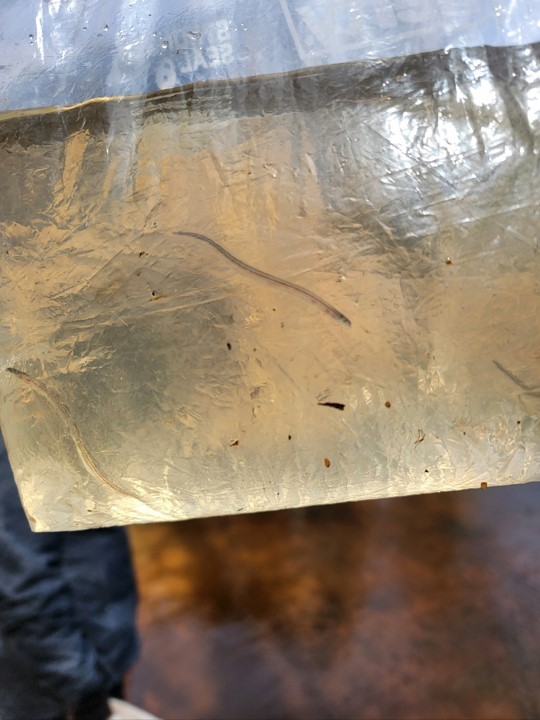Transferring Knowledge to Expand American Eel Monitoring
American eels help scientists understand habitat losses or gains, shifts in the food web, and other ecosystem changes, and each year more than 800 community volunteers gather along the Hudson River Estuary in New York to help capture, document, and release juvenile American eels. Since 2008, this effort has been led by New York State’s Hudson River National Estuarine Research Reserve and Hudson River Estuary Program. Volunteers include high school students, college interns, watershed groups, and other community members. Because eels are found in waterways from urban creeks to rural creeks, nearly every town and city on the East Coast has eels as neighbors.
Now, thanks to a two-year science transfer grant funded by the Science Collaborative, staff from the Hudson River Reserve are transferring their techniques and best practices to staff from New Jersey’s Jacques Cousteau Reserve. Education coordinators from Hudson River, Chris Bowser, and Jacques Cousteau, Kaitlin Gannon, visited each other’s reserves to maximize the transfer of knowledge, training, and partner collaboration. For this first year, the team, which also includes Stockton University in New Jersey, has been seeking out potential monitoring sites and fieldwork locations, and sharing the Hudson River Reserve's best practices for program implementation. Timing is everything with eels, and the team was lucky to be in the right place at the right time; their initial survey yielded several sites with migrating eels.
For the second year of the grant, the team will expand upon these efforts. They plan to hold pilot training sessions with volunteers and teachers. Fyke nets—cone-shaped collection nets—will be installed at the identified collection sites. The team will also develop outreach materials and tools to build awareness of the project and hopefully recruit volunteers.
Following the grant period, the science opportunity will be open for the community, which will help expand the eel monitoring program and provide useful information to the fisheries managers. In addition, this effort will continue to build and strengthen relationships between the community and reserves. The team anticipates the program will be open to the community by spring 2024. Visit the Science Collaborative project webpage to learn more about this project.


